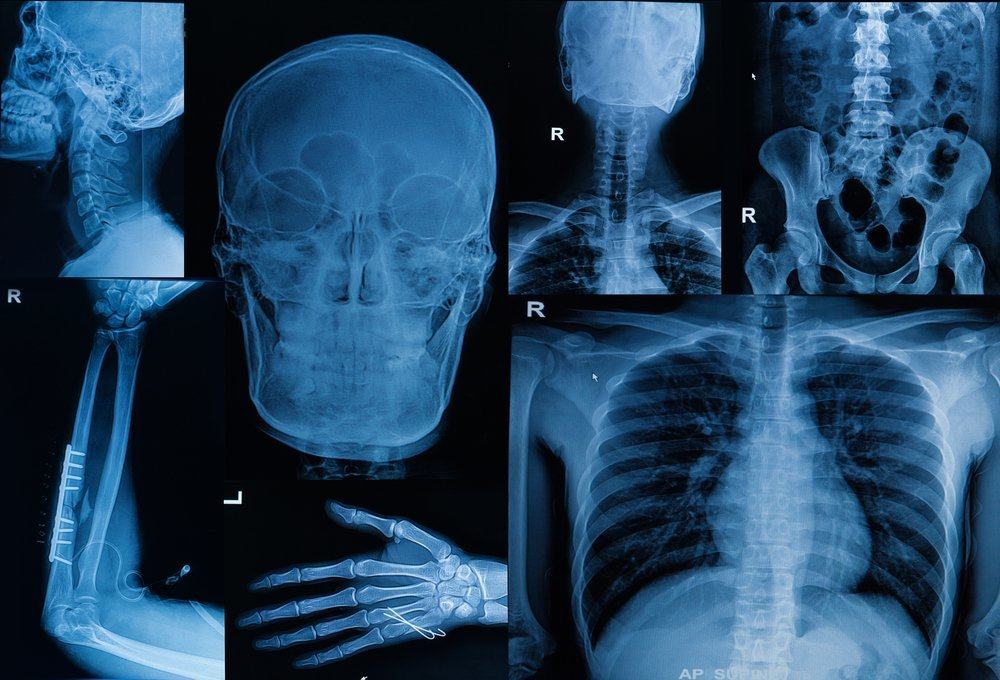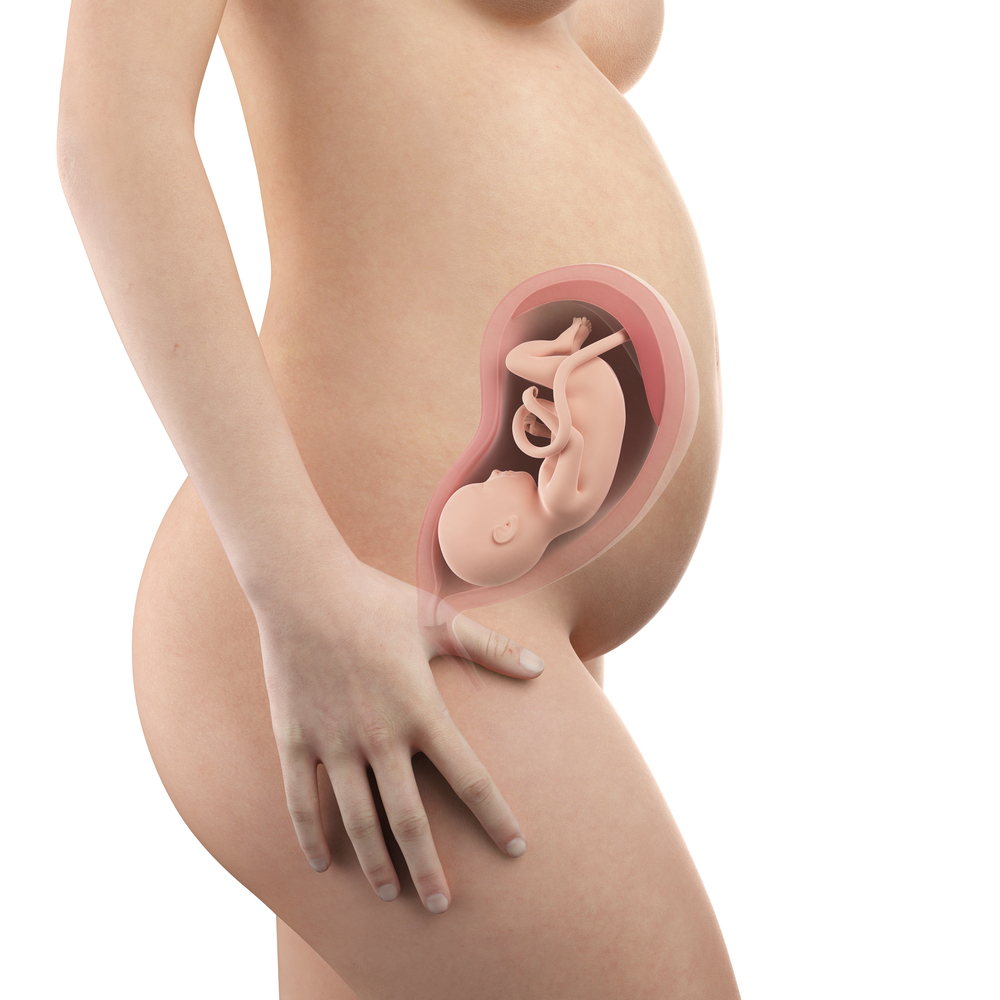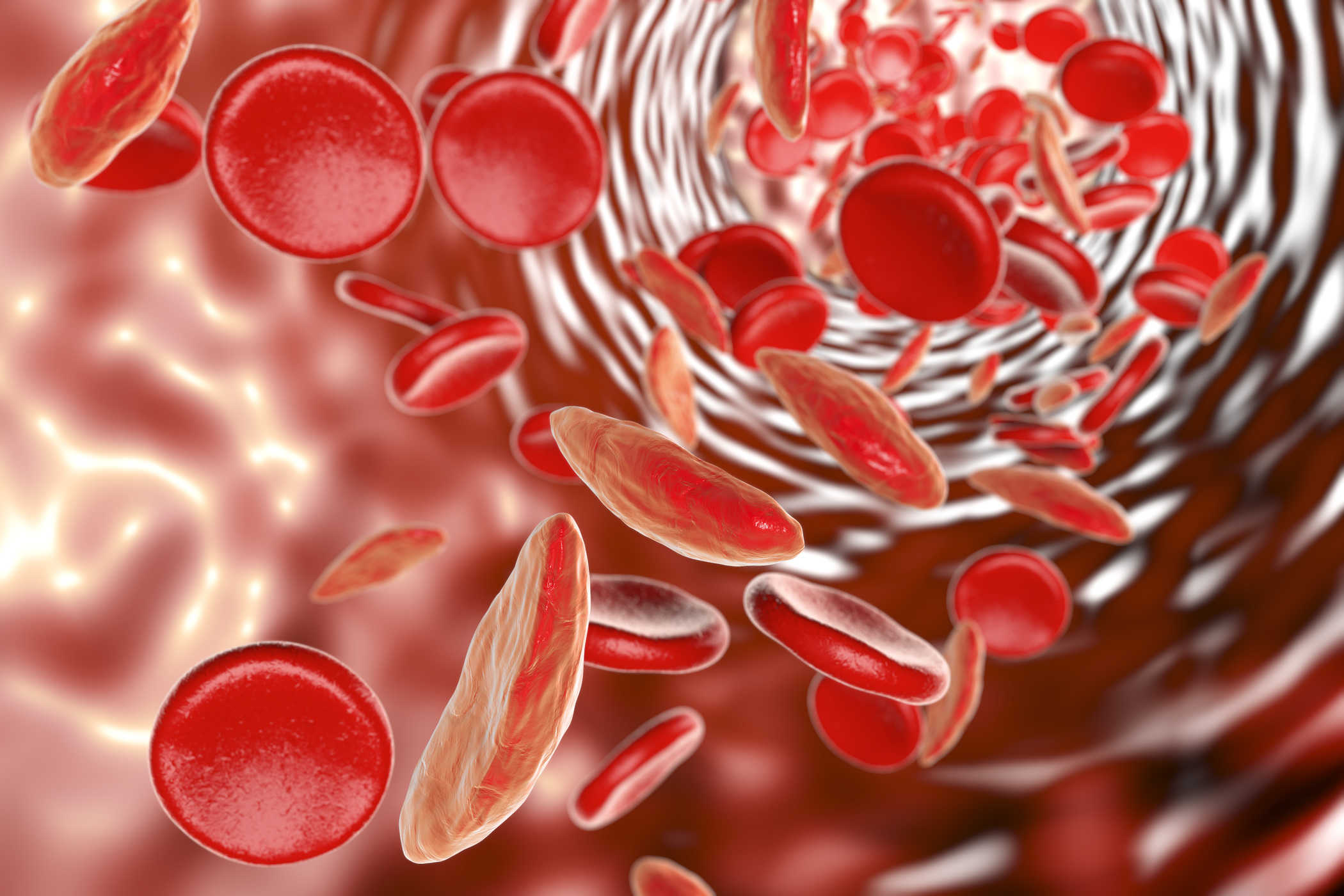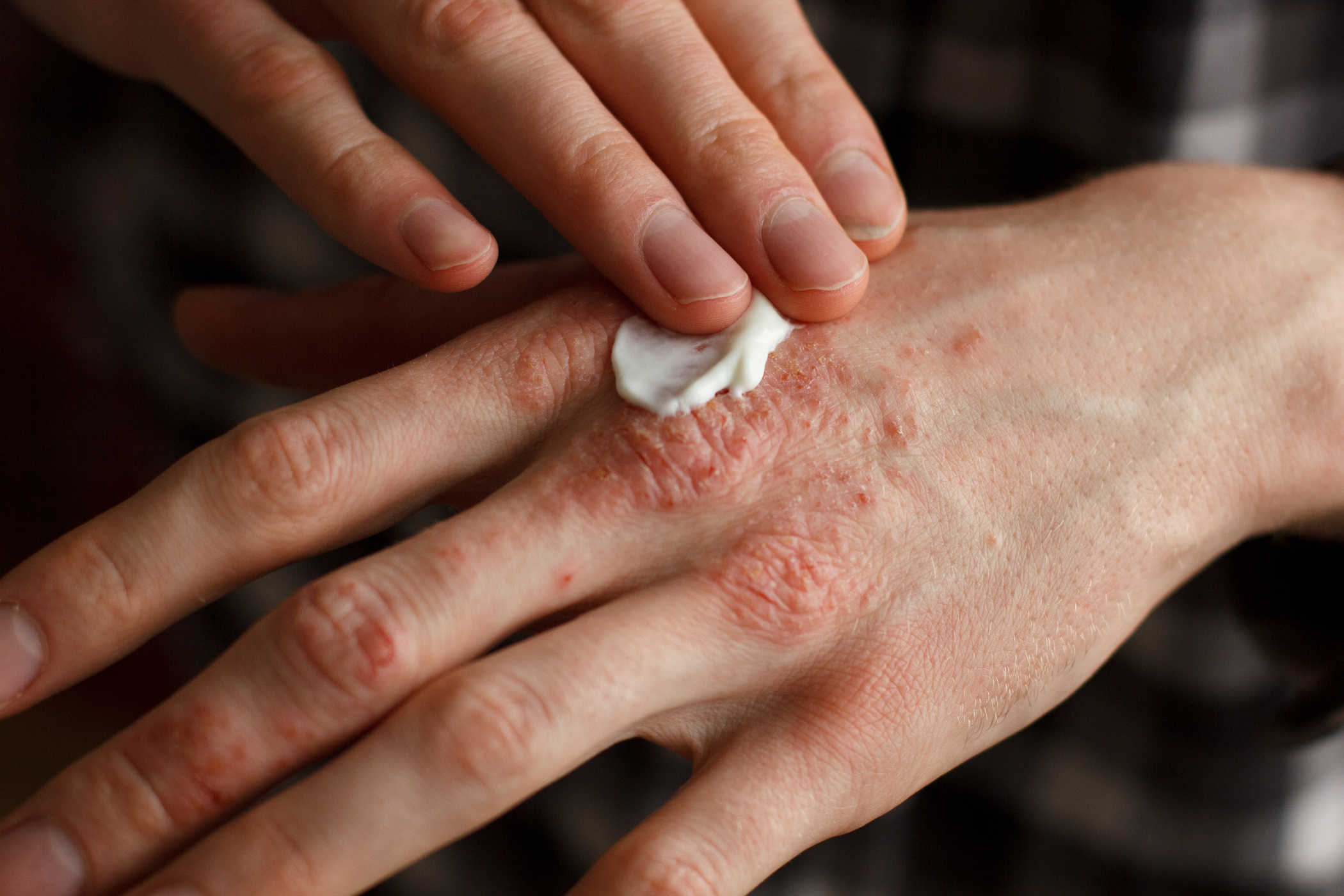Contents:
- Medical Video: Genetic Bone Diseases in Children
- 1. Osteogenesis imperfecta (OI)
- 2. Melorheostosis
- 3. Chordoma
- 4. Malignant fibrous histiocytoma (MFH)
Medical Video: Genetic Bone Diseases in Children
You may be familiar with bone diseases such as osteoporosis. But, you need to know that in this world there are many rare bone diseases. Examples like, osteogenesis imperfecta (OI), melorheostosis, chordoma, and malignant fibrous histiocytoma (MFH). Although it is a rare bone disease, the disease has often been detected in the human body. Therefore, let's look more fully at the following four rare bone diseases.
1. Osteogenesis imperfecta (OI)
OI or brittle bone disease is a disease that is complicated, varied and rare. The main characteristic of this disease is a fragile skeleton, but many other body systems are also affected. OI is caused by mutations (changes) in genes that affect bone formation, bone strength, and other tissue structures. This disease is a lifelong disorder. OI can occur in all people, of all ages and races. In the United States, there are an estimated 25,000 to 50,000 people affected by this rare bone disease.
People who have experienced OI often experience fractures from babies to puberty. The frequency usually decreases when you reach early adulthood, but later it will increase again. Respiratory problems, including asthma, are often seen. Medical characteristics and other issues include:
- Deformity and bone pain.
- Short stature.
- Curved spine.
- Low bone density.
- Loose joints, sagging ligaments, and weak muscles.
- Skull features are different, including a crown that closes late, and a larger head circumference than usual.
- Brittle teeth.
- Respiratory problems
- Vision problems, such as nearsightedness.
- The skin is easily bruised.
- Heart problems.
- Fatigue.
- Brain problems.
- Fragile skin, blood vessels, and organs.
OI shows wide variations in appearance and severity. Severity is described as mild, moderate, and severe. The most severe form of OI can cause premature death.
2. Melorheostosis
This rare bone disease can affect both women and men, it can also attack bones but also soft tissue. This is a type of disease that is progressive, and is characterized by thickening of the outer layer of bone. Although its status is benign, it can contribute to significant bone pain and deformities, and can lead to functional limitations.
This disease usually appears in childhood, sometimes several days after birth. Those affected, 50% will develop symptoms on their 20th birthday. Although the exact cause is unknown, one theory states that this condition is caused by sensory nerve abnormalities of the sclerotome.
3. Chordoma
Chordoma is a rare type of bone cancer, it often occurs in the skull and spine. This is part of a family of cancers called the sarcoma, which includes bone cancer, cartilage, muscle, and other connective tissue.
This rare bone disease is thought to arise from remnants embryonic notochord, a rod-shaped cartilage structure and serves as a support for spinal formation. Notochord cells are usually present at birth, and nest in bones and skulls. Very rarely do these cells undergo malignant transformation which leads to chordoma formation.
Chordoma generally grows slowly, but without stopping and tends to recur after treatment. Because it is close to the spinal cord, brain stem, nerves and blood vessels, they are difficult to treat and require very special care.
4. Malignant fibrous histiocytoma (MFH)
MFH is one type of sarcoma, a malignant neoplasm without a clear origin, which arises from soft tissue and bone. MFH is considered a rare bone disease. This disease usually attacks patients aged 50-70 years, although it can appear at any age. Symptoms that occur, such as weight loss and fatigue can be present in patients with advanced disease. However, symptoms that are often present are pain, fever, chills, and night sweats. Patients with this disease also often complain of mass or lumps that arise in a short period of time starting from weeks to months.
READ ALSO:
- Am I at Risk for Osteoporosis?
- Food & Beverages That Must Be Restricted for Bone Health
- Breast Cancer Spread to Bones












